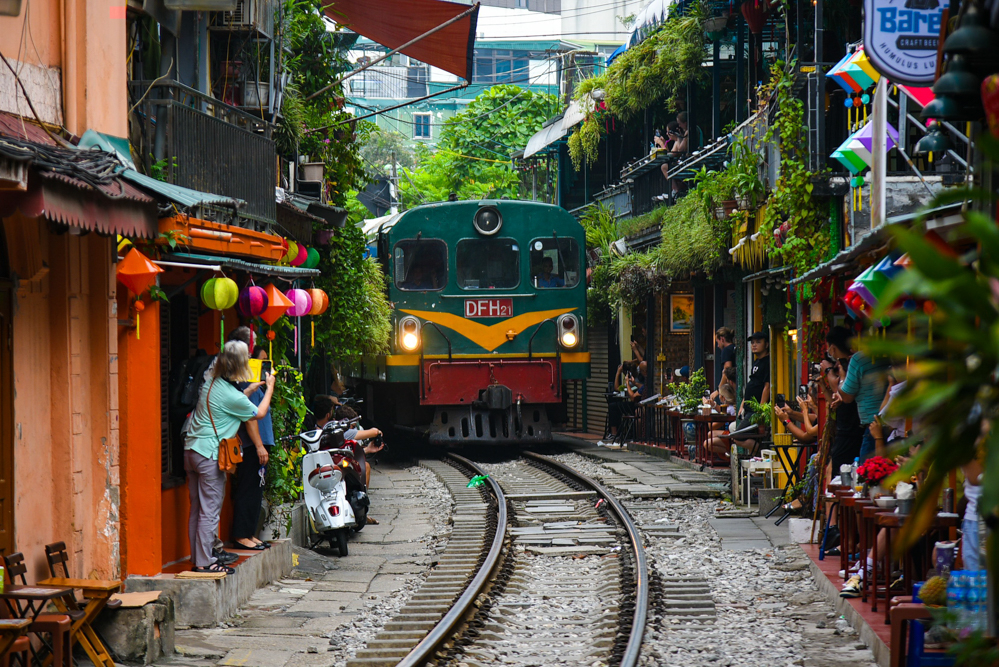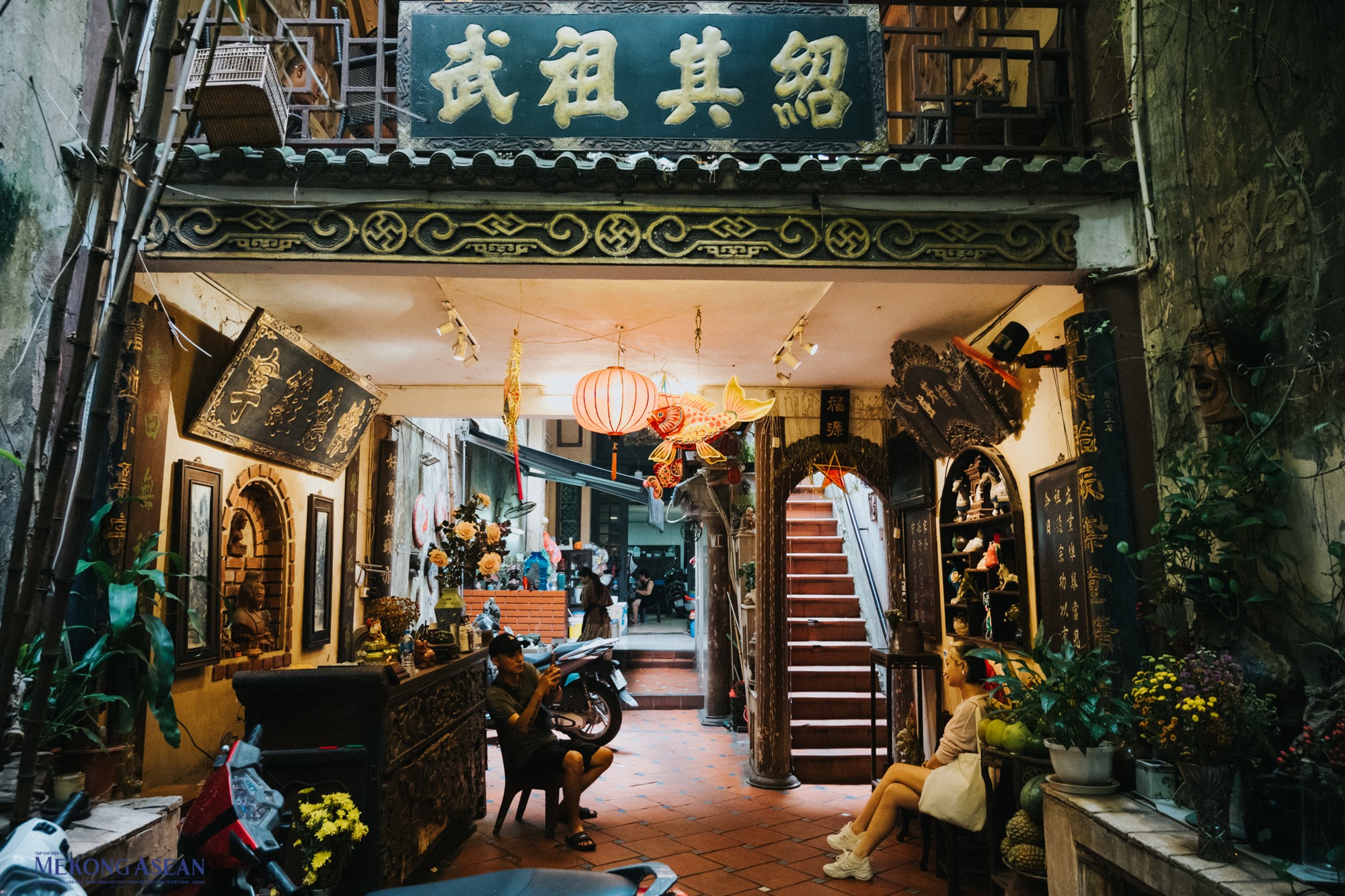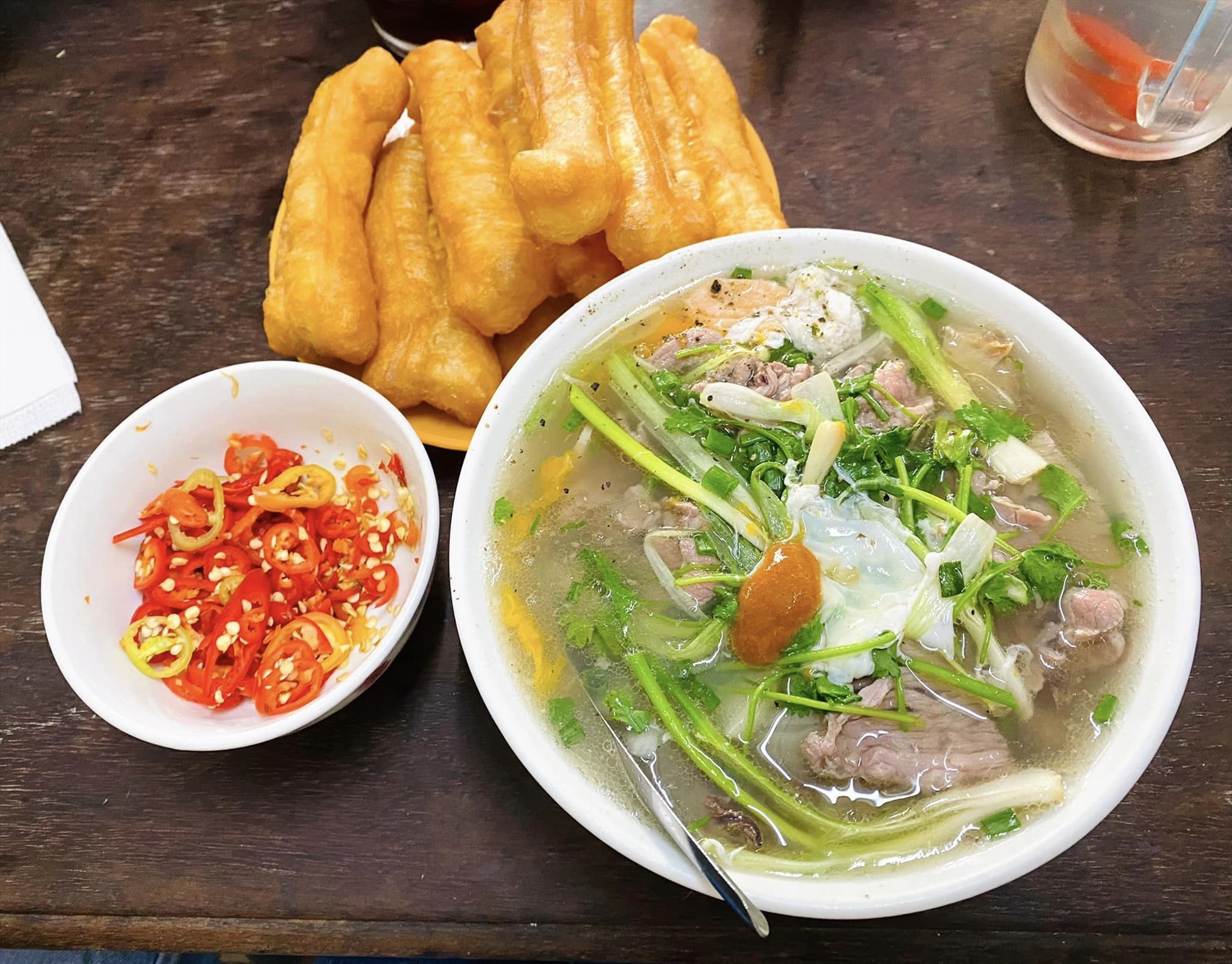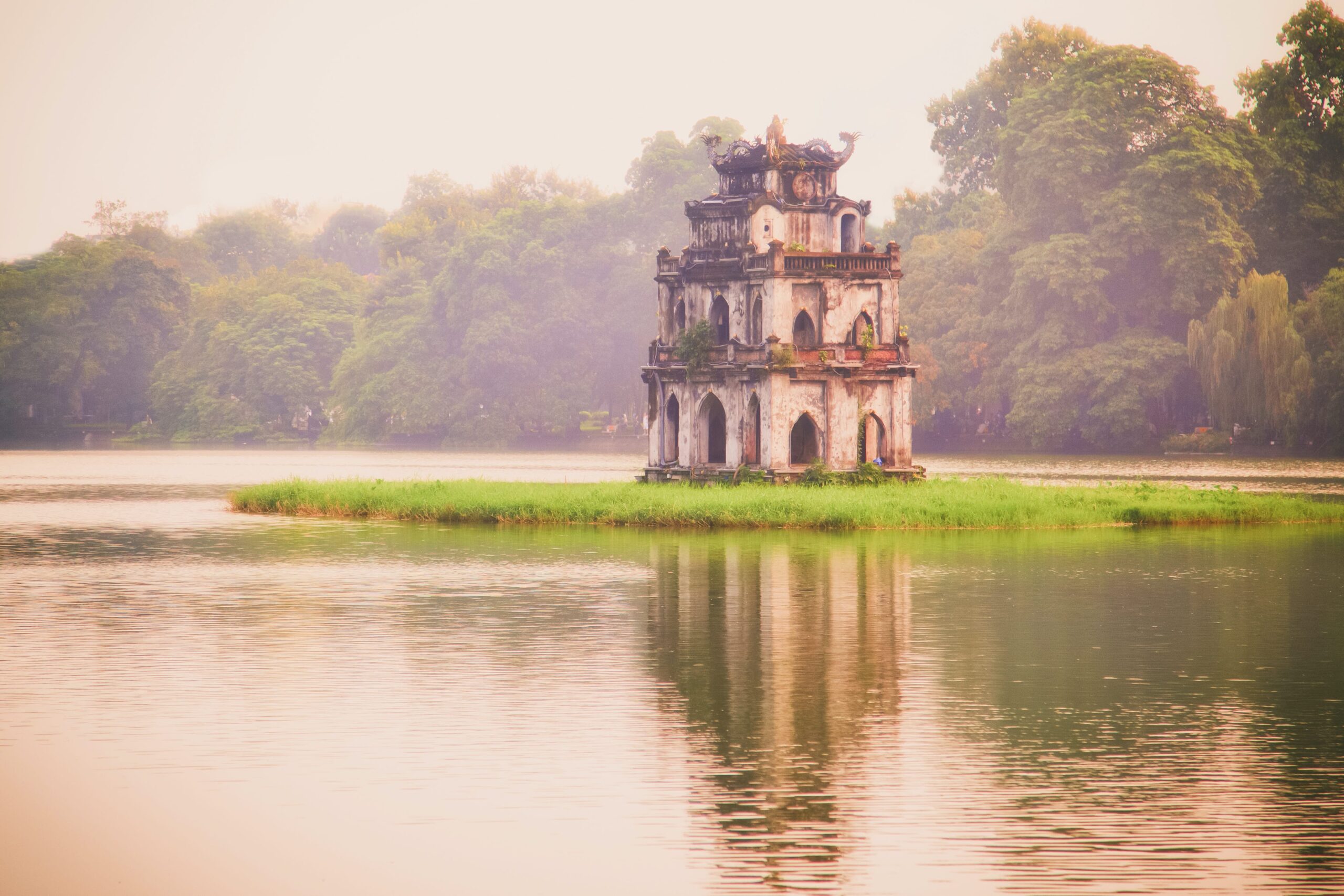
Popular Activities In Hanoi Viet Nam You Should Know
Hanoi was built more than 1,000 years ago, Vietnam’s capital has a rich history, with crumbling old streets dating back to the 14th century. Stroll through the tree-lined streets and past the facades of the old town. Ruin terrain will take you back in time. However, Hanoi today is very different from the past. Modern cafés, world-class restaurants, and exciting art galleries breathe life into this ancient city. When the sun goes down, you have a choice of places to grab a drink, from sophisticated rooftop bars to lively draft beers.
Best time to visit Hanoi

Hanoi is one of the few places in Vietnam that has four seasons: spring, summer, autumn, and winter. Average temperatures range from 12°C in the coldest months to 36°C in midsummer.
Spring (February-April) and Autumn (September-November) are probably the best times to visit Hanoi as the weather is pleasant and the temperature is neither too cold nor too hot. Spring in Hanoi is usually marked by warm weather and clear skies. Tourists can also enjoy the wonderful traditional activities only available during the Spring Festival holiday.
Meanwhile, the downpours of September bring an end to the summer heat, making it another great time to visit the city and enjoy walks along the central streets and boulevards. yellow leaves.
However, whether it’s a hot summer day or a cold night before Tet, Hanoi always has something fun to enjoy.
Hanoi location
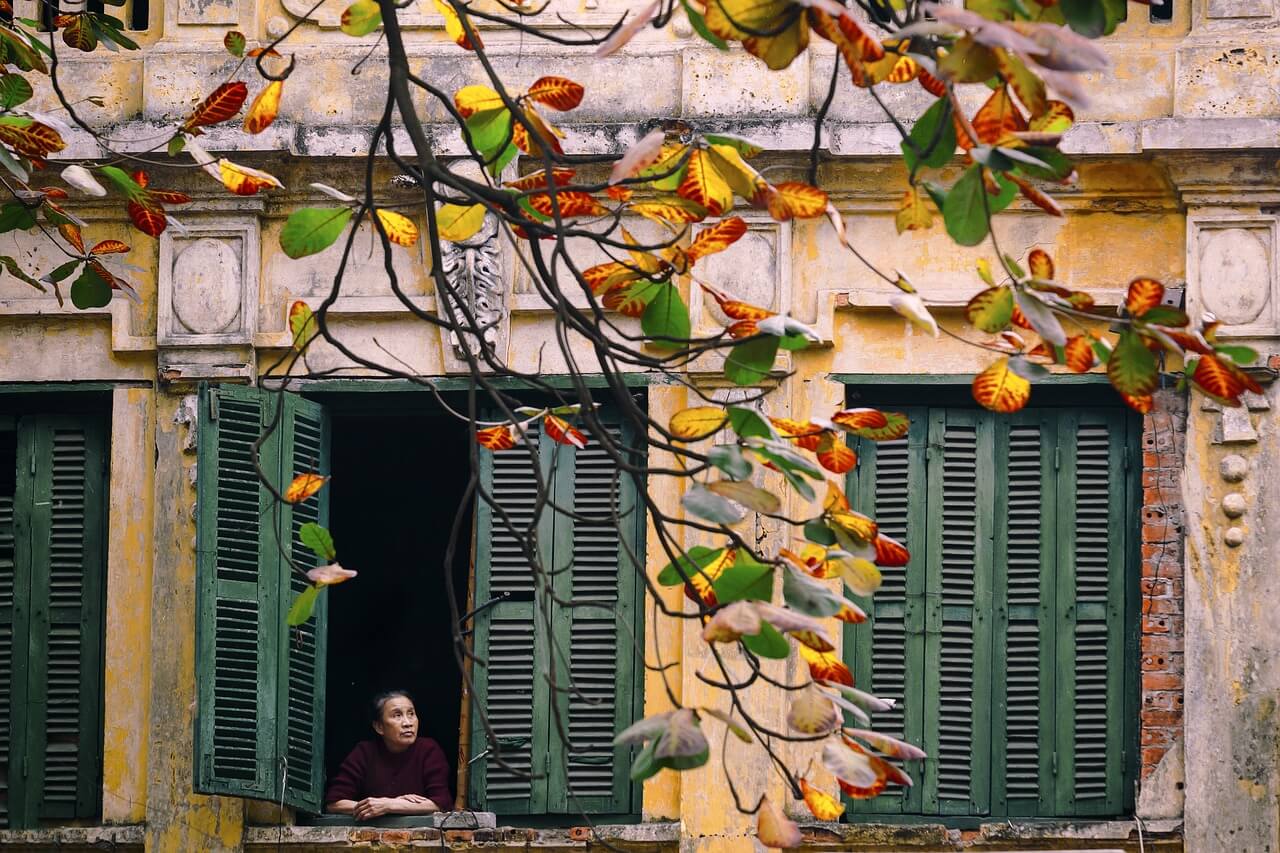
For most tourists, Hoan Kiem Lake and the surrounding Old Quarter are what Hanoi is all about. The city has expanded to include some of the following provinces, making it one of the largest and most populous metropolises in the world.
Most hotels, shops, cafes, and restaurants are scattered throughout the old town. It is both the oldest part of the city and the liveliest, thanks to a mix of cultures and influences brought by visitors over time. Locals love the area, too: the young come for the fun, the old come for the nostalgia. Every street in this ancient city tells a unique story and evokes its unique atmosphere – only those who live long enough can fully appreciate the beauty here.
Stretching south of the Old Quarter is the French Quarter, which has many colonial/Indochinese buildings for you to admire: the Hanoi Opera House, History Museum, and many buildings along Tran Hung Dao, Ly San Kiet, and Central Avenue.
If you have more than a few days, be sure to make a quick visit to the Tay Ho area where expats live. There, you can see a whole different version of Old Quarter Hanoi: a jungle of international cuisine intertwined with yoga studios and tailors offering plus-size clothing. Tay Ho is becoming a new urban area in Hanoi.
Popular activities in Hanoi
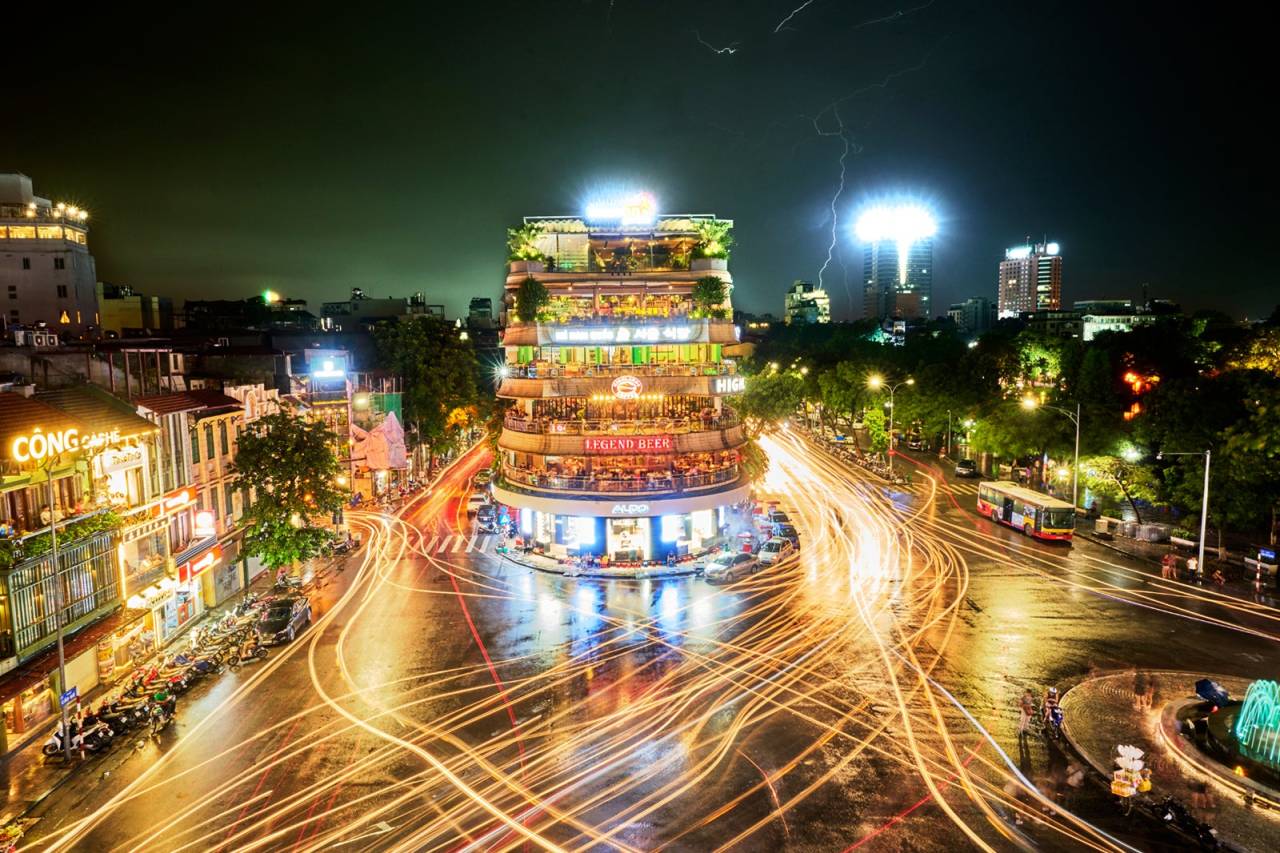
When visiting Hanoi, you must not miss the opportunity to eat the best specialties in the Asian Food Center. Known for its culinary excellence and diverse local ingredients
Temple of Literature
Constructed in 1070, the monument marks the most prosperous period of Confucianism in Vietnam. The Temple of Literature was the first university in Vietnam and later became a place of commemoration and pride for the sages. In addition to historical value, the most authentic details of Vietnamese ancient architecture are displayed here. Especially when you go to the Confucius Temple during the Spring Festival, you will find an interesting custom – people come to ask the old literati for calligraphy works, hoping for good luck in the new year.
Hanoi food culture
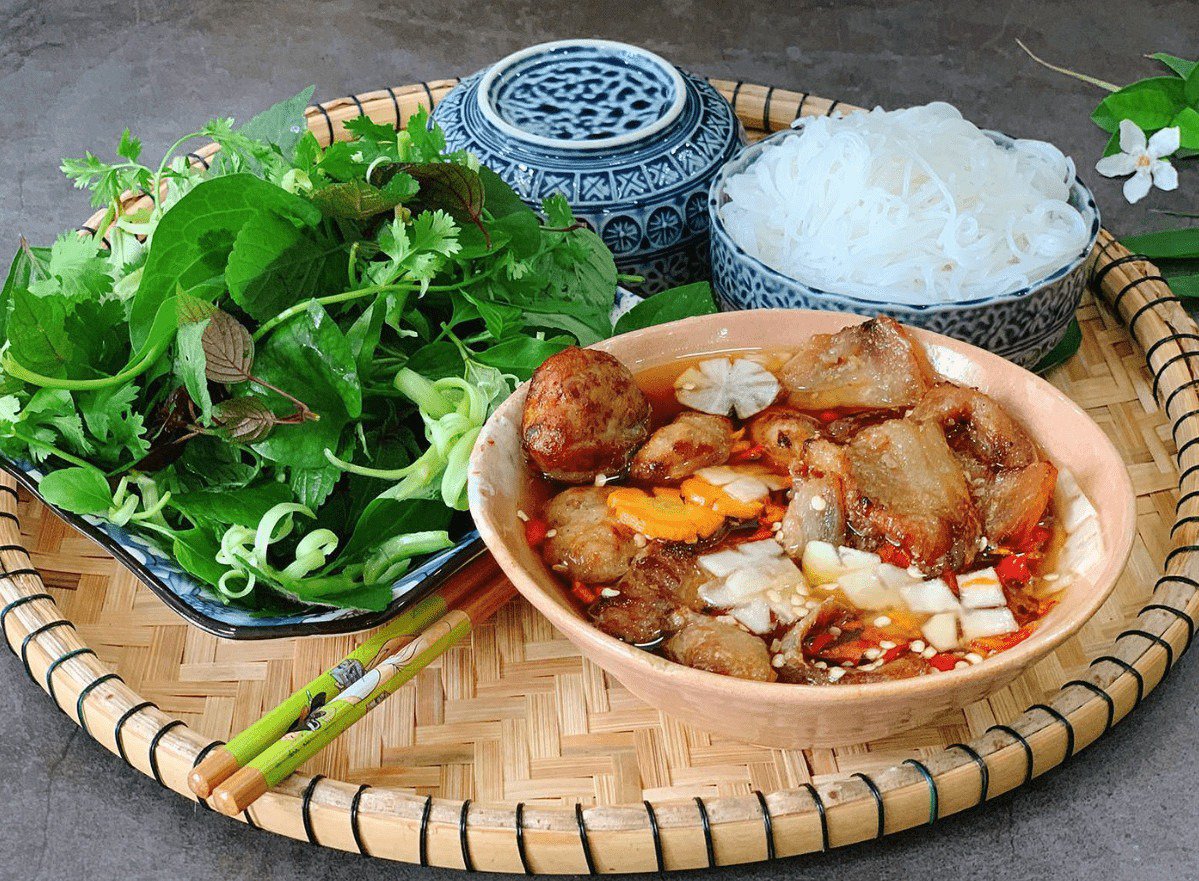
Hanoi offers a vast array of dishes that can enrich your experience on a more refined level. You will find this charming city full of eateries and restaurants day and night, where each dish has its flavor and story.
Pho (beef noodle soup) is a must-try classic, and there are places you should go for the authentic taste, such as Pho Ly Quoc Su (Street), Pho Gia Truyen (Bat Dan Street), Pho Vui (Dinh Liet Street) or Pho Thin (Duong Street). There are also many traditional dishes that not only attract tourists but also become the daily delicacies of local elders, such as cha ca (grilled fish with turmeric and dill), bun cha (roasted pork noodles), banh cuon, bun rieu Oc (crab powder and snail vermicelli), etc. Also, the signature banh mi with Vietnamese coffee is highly recommended for a typical Hanoi breakfast experience.
Most traditional delicacies can be found in the Old Quarter and Hoan Kiem district and it’s entirely possible to meet and get extra guidance from friendly young locals on the street. Apart from the old food stalls that line the streets and alleys, modern fusion dishes served in modern restaurants make for an impressive dining experience. Despite the variety of cooking styles, every dish in Hanoi has one thing in common: the complexity of combining ingredients to achieve a perfect balance between different flavors.
For authentic Hanoi food, head to a street kitchen in the Old Quarter. On every street corner, a pot of delicious hot pot; every day, as pork sizzles over hot coals, the air is filled with the aroma of vermicelli.
Walk around the old town

The Old Quarter defines Hanoi culture and is a must-see during your stay in the city. The area was originally composed of 36 artisan communities in silver, bamboo, cloth, paper, etc. Today, some streets still retain traditional crafts, while others have been converted into centers, and the dining center attracts ex-pats and locals alike. Strolling these streets allows you to explore the city’s culture during the day and then soak up the vibrant urban nightlife.
Hanoi’s old quarter feels overcrowded. Cigarettes linger in the ancient street temples, and the hammers of blacksmiths and the cries of wandering fruit vendors complement each other. Hop on a tricycle and tour this fascinating maze.
Explore Hanoi’s coffee culture
On the surface, it is a fast-paced life, but in fact, life in Hanoi is not in a hurry, which is fully reflected in the leisure time of coffee. In addition to traditional cafes, more and more unique cafes are offering new beers in cool cafes.
Explore the gallery
Hanoi is the art capital of Vietnam. The elegant Museum of Fine Arts houses some of the most important collections in the country, such as ancient Cham artifacts and Impressionist works. For something more modern, head to Manzi or Vietnam Art Gallery.
Walking around Hoan Kiem Lake
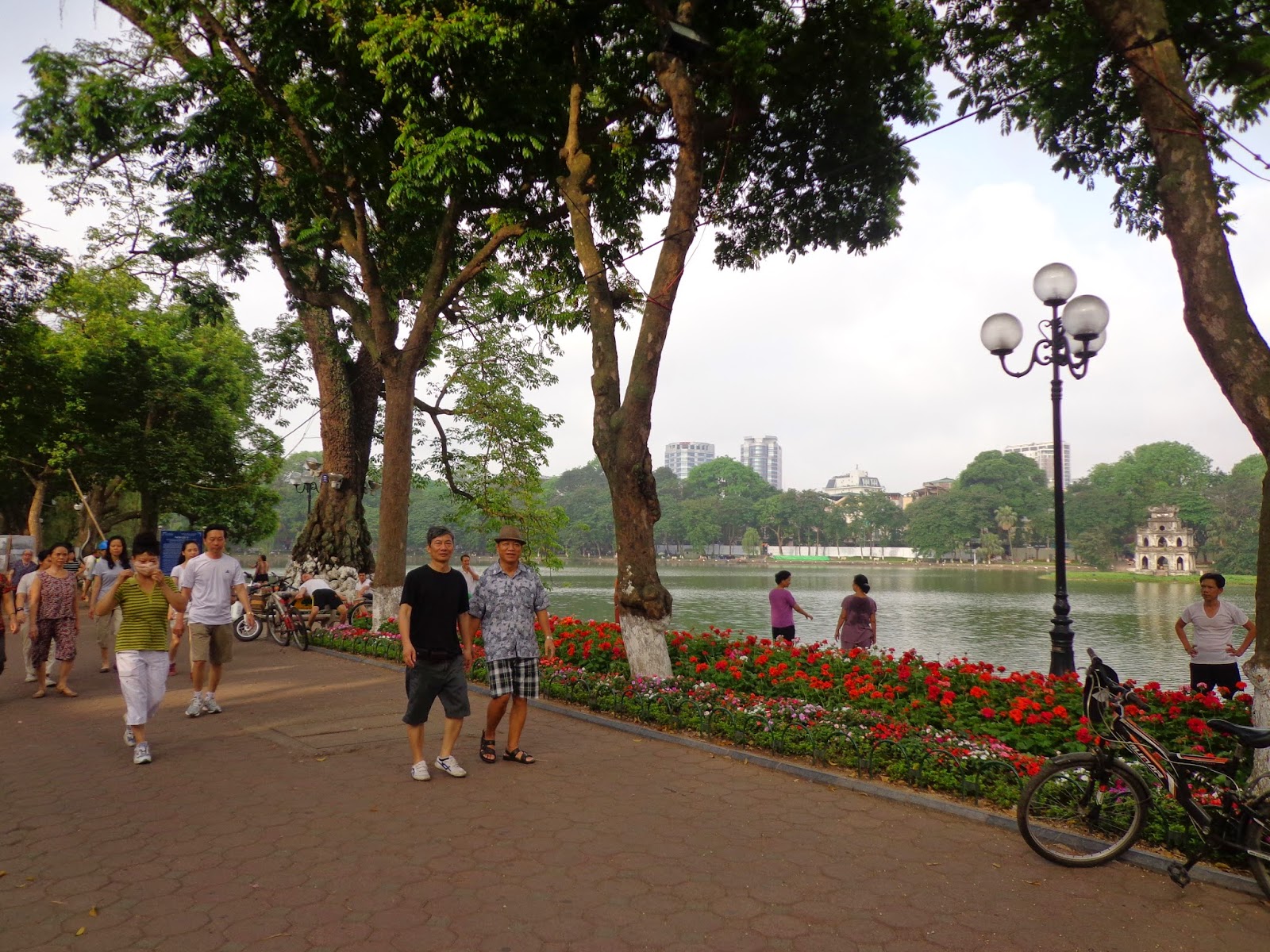
Hoan Kiem Lake is the center of Hanoi’s old quarter. Every morning, hikers, aerobics classes, and even laughter yoga groups keep the place alive; it reopens at sunset, packed with locals enjoying the evening air.
Located in the heart of Hanoi, Hoan Kiem Lake is considered a symbolic image of the capital due to its rich history and the legends and stories that form part of the country’s history. It is not only a favorite food of tourists, but also of locals. In the early morning, you can see many locals exercising or doing Tai Chi by the lake; or on weekend evenings, when the surrounding area turns into a pedestrian city, this place becomes the largest outdoor community in Hanoi to communicate and enjoy street art performances, Traditional and cultural activities such as traditional games.
Hoa lo Prison
A trip to Hoa Lo Prison will be an unforgettable memory. Built in the late 1800s, this historic site, formerly known as Maison Centrale, bears witness to the horrific crimes of the Indochina War and the Vietnam-American War. The remains are now preserved as a museum, displaying memorabilia and simulating life in captivity.
Get in Hanoi
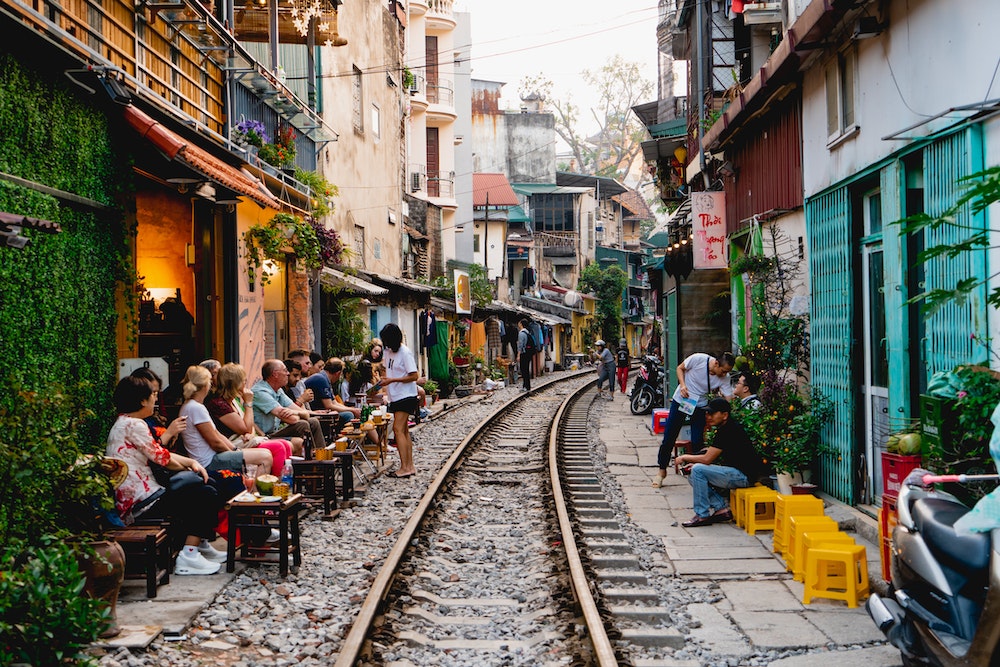
Noi Bai International Airport is the second busiest transportation hub in Vietnam. The drive from the airport to the city center takes approximately 40 minutes. You can book a private car with a ride-hailing service (Grab and Be are two of the most popular services in Vietnam), which will give you an estimated price based on your request, or from a trusted group like Mai Linh Taxi Call a taxi, Taxi CP) also accept credit card payment for booking a taxi.
A cheaper option is the airport shuttle bus offered by Vietnam Airlines, with several routes between Noi Bai Airport and the Hoan Kiem district. A single ticket costs only 40,000 VND (less than US$2).
On your way to Hanoi, you’ll soon notice the city’s two eternal opposites: ancient and modern, serene and bustling, tradition and innovation. Vietnam’s capital strikes a fine balance between maintaining the original charm of its rich culture and history while embracing some of the world’s most modern values.
There are thousands of things to keep you busy during your trip to Hanoi, including visiting historical sites, exciting culinary experiences, enjoying art and cultural performances, and discovering local hidden gems.
Where do you live in Hanoi?

Being a metropolis, Hanoi is always busy with the huge number of tourists coming and going from the area. So whether you’re looking for luxurious comfort and high-standard accommodation, or immersing yourself in local life in the comfort of a local, finding decent accommodation for your walk won’t be difficult.
Most of the best accommodation options are located in the city center, including the Hoan Kiem district, and are close to the West Lake for easy access to various attractions.
If you like prime locations in the old town and authentic local experiences, numerous Airbnbs and homestays are ideal places to get the most out of city life.
The charming and timeless beauty of this city is something you cannot miss when you come to Hanoi. if you need any support please contact Annie:
- Whatsapp: +84969043106
- Email: info@anniego.vn

